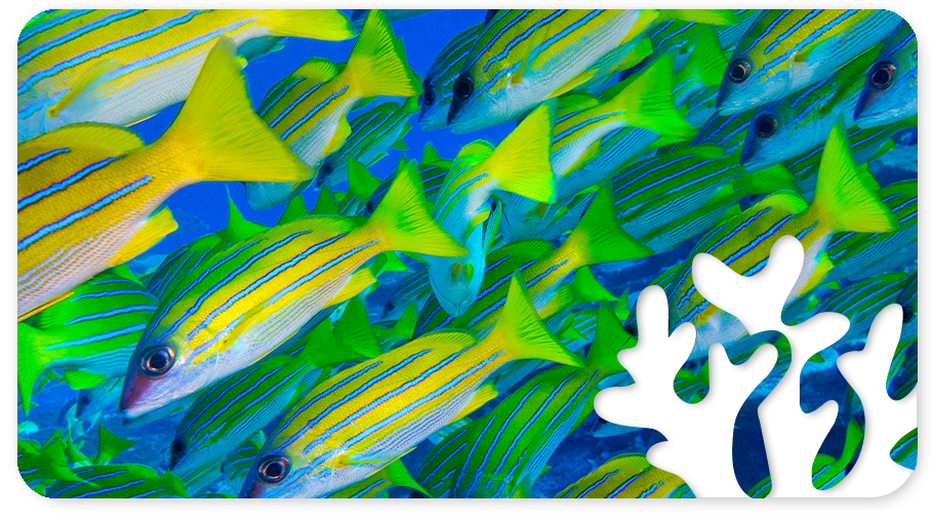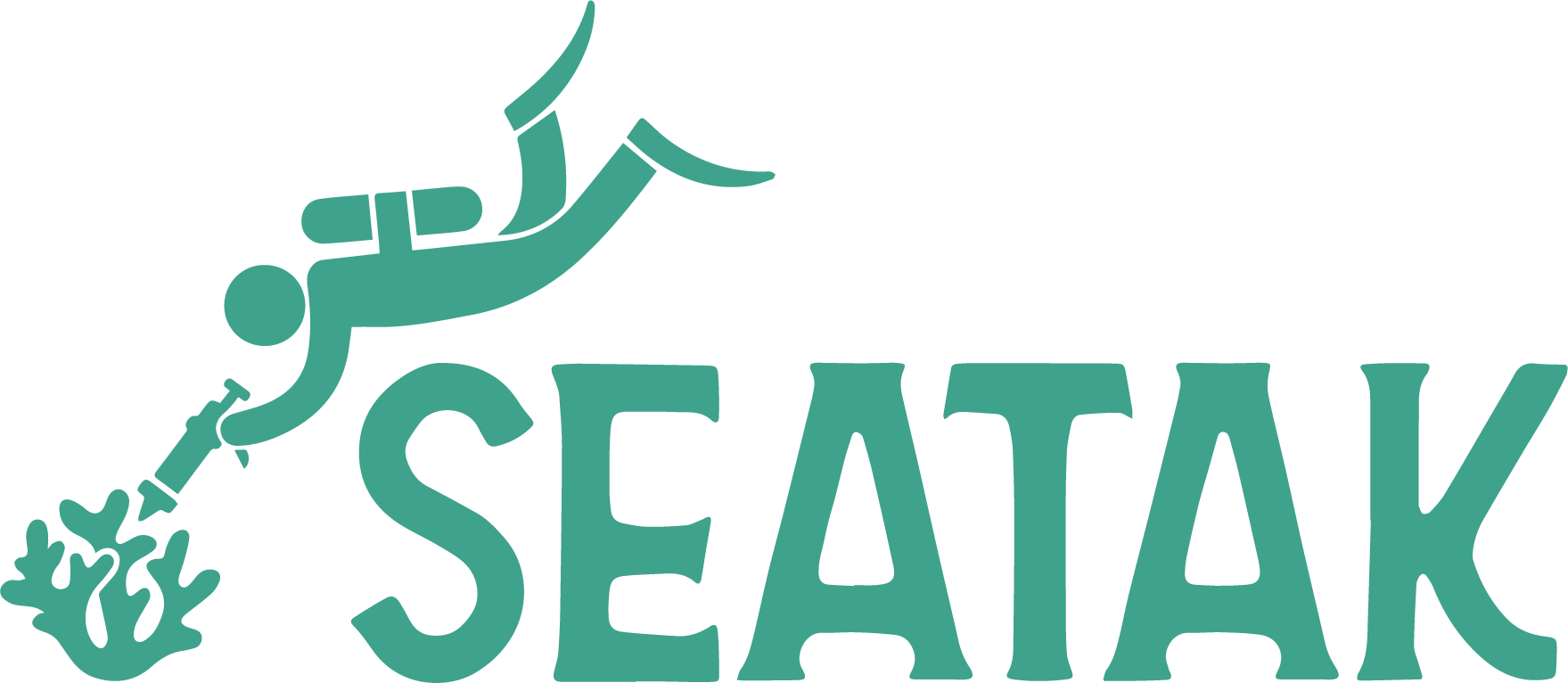|
NOAA (The National Oceanic and Atmospheric Administration) has been around for more than 200 years! It is an incredible agency that fosters ocean life through action, public education, and science. The NOAA reef restoration foundation program is massive and important. The organization helps with aiding in the protection of not just our sea world and coral – it protects our entire planet. “Our reach goes from the surface of the sun to the depths of the ocean floor as we work to keep the public informed of the changing environment around them.” -NOAA
NOAA’s mission includes:
Their mission is backed by many individuals and agencies – they have a global network from all around the world with the joint goal of protecting our coral reef and our shorelines. Coral Restoration Projects Coral reefs can be damaged by various natural and unnatural events. Water temperatures are drastically changing and this affects our coral reefs. Pollution and ocean acidification also create damage; as do invasive species, human/boat errors, and intense storms. In response to these dangers, NOAA created the NOAA Coral Reef Conservation Program. They recognize the huge value of our beautiful worldwide corals across our oceans, and their global restoration services aim to protect these magical undersea worlds from these severe threats. NOAA has developed clear steps to restore these habitats – for healthy sea life, recreation, tourism, and countless other benefits. Coral conservation programs and 5 steps for growth:
These five huge coral reef restoration methods – and the use of innovative and safe products – are a solid plan to preserve and build the resilience of our coral reefs. Restoration In Action NOAA coral reef conservation works program has received incredible support this year – over 20 million dollars in support has been given towards their coral conservation projects and research. This has allowed for many exciting coral reef projects. Want to see this work in action? Check out this incredible video. How You Can Help NOAA Coral Restoration Program is leading efforts to protect and preserve our ocean’s coral reefs through coral rehabilitation centers. So, are you wondering how you can help? There are many small steps each and every one of us can take to do our part in protecting our oceans and our coral reefs. Small coral-safe steps everyone can do:
Be sure to share what you’ve learned. We can all protect our beautiful coral communities.
0 Comments
Your comment will be posted after it is approved.
Leave a Reply. |
|


